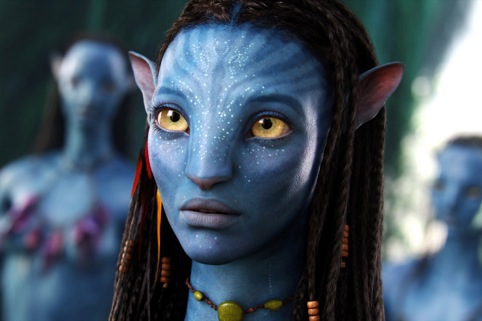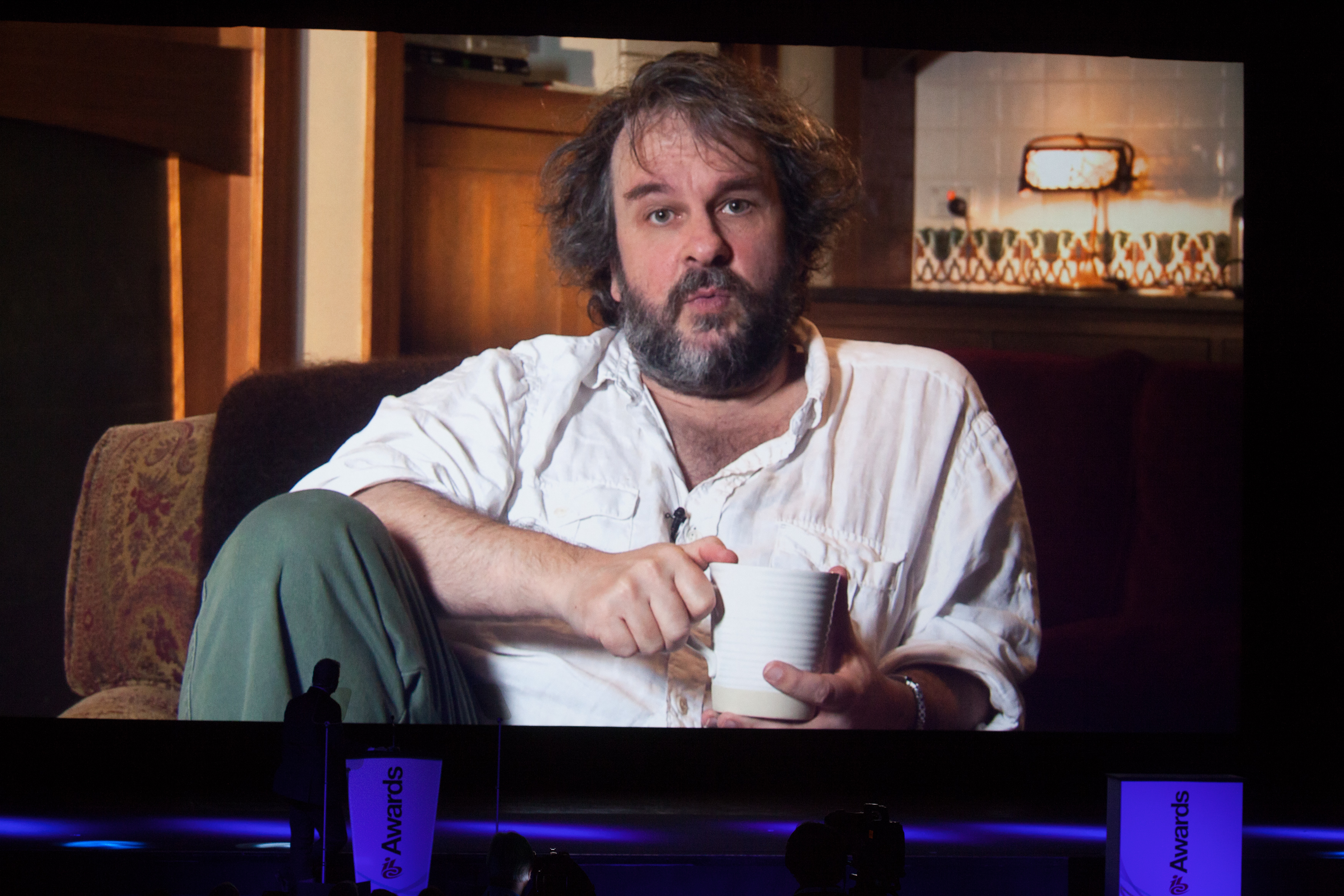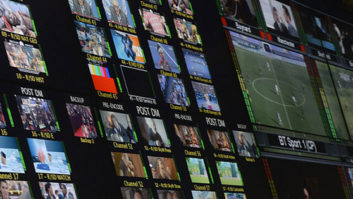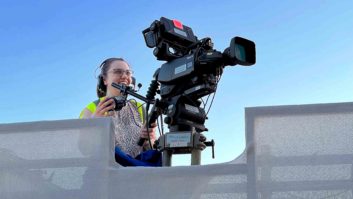
With the advent of digital cinema the movie industry is finally able to shift away from production and playback techniques that date back almost a century, yet silence has fallen on one such development – higher than 24fps rates.
Exponents argue that the higher frame rate, with its ability to eliminate the screen-blur effect seen at the standard 24fps during fast-paced action sequences, represents a significant step forward.
There was a mixed reception to Peter Jackson’s The Hobbit: An Unexpected Journey, the first major release shot and delivered in the format (48fps) at select cinemas, some cinema-goers finding scenes too photorealistic. The technology was fine-tuned for the second feature in the series The Hobbit: The Desolation of Smaug, which garnered a better critical reaction at 48fps.
Jackson deliberately softened the output quality of Smaug, ironically grading the picture with a more ‘filmic’ look.
Perhaps over time, as audiences become more and more accustomed to viewing Ultra HD content on Ultra HD displays, we will all become attuned to having stories told visually in this hyper-realistic manner.
Perhaps it is a matter of creative experimentation. Rather than presenting an entire feature in HFR, filmmakers may prefer to have the choice of using it on a scene-by-scene basis, adjusting the dial from 24 to 48 to 60 and above.
Perhaps the next big kick will come when James Cameron releases his set of Avatar sequels in HFR and 3D as planned, but exhibitors have not exactly rushed to equip themselves with HFR-capable equipment. Projection and server vendor Christie, which trumpeted a five-year pact with Cameron’s Lightstorm Entertainment to promote 3D cinema and HFR technology in 2011, has also fallen silent about any developments the partnership has made.
The industry continues to examine exactly how high frame rates could, or should, be woven into filmmaking and exhibition, but there is no standard on the horizon.
Having completed its preliminary work, SMPTE officially disbanded its Study Group on High Frame Rates for 3D and 2D D-Cinema Applications at the end of 2013.
Experimentation and tests in HFR are now in the care of the Motion Picture Academy’s Technology and Science Council under a working group called the Next Generation Cinema Technology Working Group on Test Materials. It plans four HFR shoots, using different technologies in varying conditions so that it can then evaluate the resulting footage. It plans to work with the creative community as part of a strategy to analyse HFR’s technical impact on workflow and distribution, and its creative impact.
Cinematographer David Stump, ASC, a member of the test team, explained: “We used several different camera configurations in both 2K and 4K, and ‘standard’ and ‘high’ dynamic range modes. We ran a dolly back and forth that looked out windows into pure daylight, and then dollied across an interior to the far end of a room, and back to the beginning again, making sure we had bright highlights outside the windows. We did it with a wide variety of frame rates, ranging from 24fps to 120 and a wide range of shutter angles, from 240º all the way to a 359° shutter.”

A central concern is the issue of compression in the distribution of HFR imagery. “There is pretty much universal acceptance that the current DCI rate of 250Mbps is insufficient for HFR work,” said John Hurst, chair of SMPTE’s Digital Cinema Technology Committee. “But the hardware sold today has limitations to it in this regard, so we are all interested in what bitrate is demanded by the entropy rate in the actual pictures.”
Don’t expect any rush to abandon 24fps though, even though that is in effect an arbitrary frame rate adopted with the introduction of sound as a convenient means to sync film spools with audio tracks.
“24fps is a stable baseline and will likely continue to be widely used for the bulk of work for a long time to come, even as we see new things coming along like HFR, immersive sound and other advanced picture formats,” added Hurst.
“I tend to think of these as special venue-type of distributions – not for the majority of sites. Sites that choose to equip themselves to exhibit these formats are doing so with a specific business goal in mind beyond simple cinema exhibition. They are trying to differentiate themselves from a competitor, like another cinema, or a horizontal competitor in some other form of entertainment. The cost, because of the churn, will always be slightly higher than standard 24fps content, which, because of its economy, will continue to rule for the foreseeable future.”







